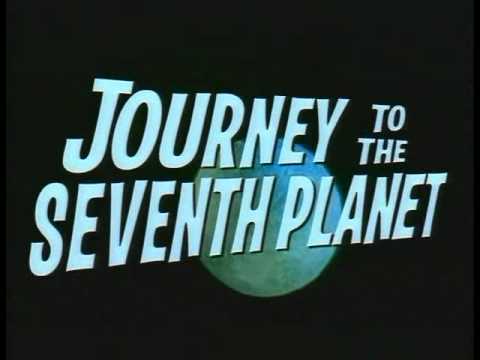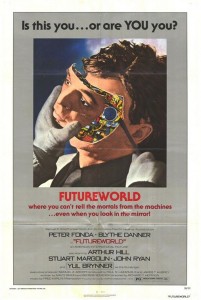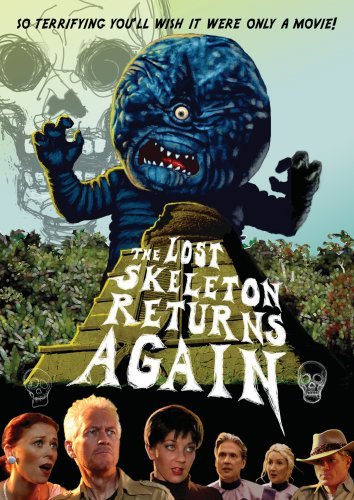So if you have been following my blog you know I spent a good chunk of this year working on my SF novel, Cawdor. Based on the beta-read feedback I have to conclude that this version has missed the mark and is not salvageable in its current state.
I’ve been giving it a lot of thought and I have decided to plunge into Cawdor 2.0. I think I can see where this process went off the rails and what I should do to breathe some life into the project.
Here’s how this project came about.
For more than 10 years I’ve had an idea that I would like to do an SF version of the story of Macbeth. I knew it would be novel-sized and I also knew for most of that time I had not cracked an approach to the story. I did not want to do a beat-for-beat translation.
Last year the final pieces were falling into place and I was suddenly engrossed in the most detailed world-building I had ever done on a story. The more I dug into it the more I kept finding.
I built a world and a situation that I thought would evolve the plot naturally. That turned out to be in error. I took a world that I really liked and I hammered Macbeth onto it. This is not the time nor place for a MAcbeth, Cawdor requires a plot of its own and it very nearly grew one inside the Macbeth plotlines.
This yielded a muddled novel that did not know what it wanted or needed to be.
Cawdor 2.0 will ditch any attempt to follow Macbeth and its plot will grow organically from from the situations and the characters that are stuck on the distant and dying world of Cawdor.
While driving back from my Vegas Adventure I had an epiphany where the story had to go. What crucial scene had to be excised and changed radically about. The one scene that when removed and so altered would forever separate this from Macbeth. Macbeth’s murder of Kind Duncan.
I suspect the next sic months or so will be an interesting ride.




